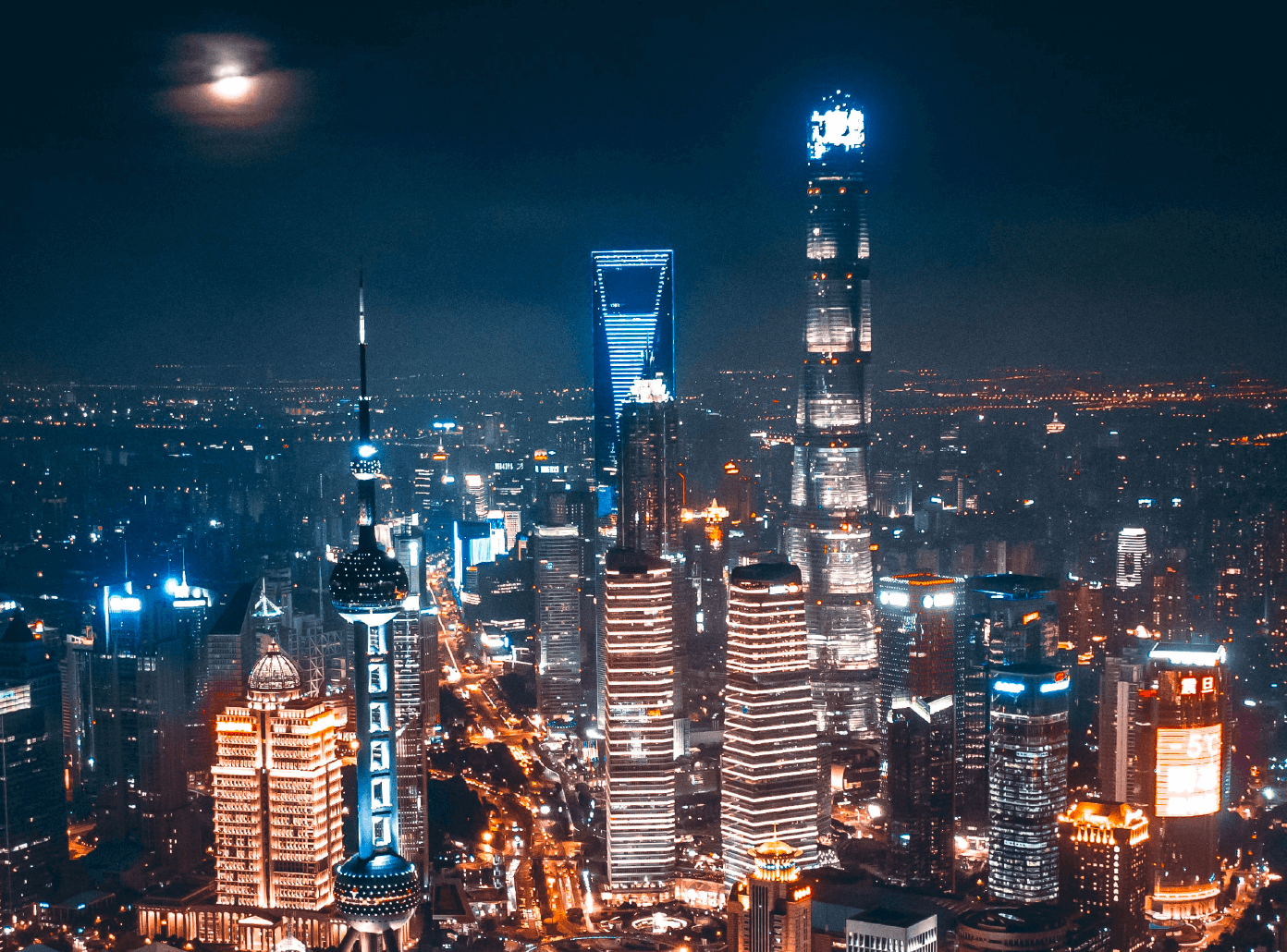More than five years before a Chinese surveillance balloon floating across the US captured Americans’ attention, and sparked their fury, Beijing had identified a domestic balloon giant —ChemChina Zhuzhou Rubber Research and Design Institute Co.—as a strategically important company to be groomed with subsidies and other state support.
Long before Washington warned European allies of risks from using security-screening equipment made by a Chinese state-controlled company, the Chinese government had selected Nuctech Co. as a homegrown player whose dominance in the inspection products market was to be cemented and leveraged.
And well before US officials grew alarmed over the potential spying capabilities of giant Chinese-made cranes operating at American ports, Beijing had selected Shanghai Zhenhua Heavy Industries Co. as a port machinery champion to be cultivated for global expansion.
What all three companies have in common is that the Chinese government literally treats them as champions and giants. They figure in and benefit from a sweeping, but surprisingly overlooked, Chinese industrial policy initiative: The “Single Champion” and “Little Giant” programs.
Cultivating and cementing dominance across critical value chains
“Single Champions” and “Little Giants” refer to almost 10,000 companies selected and supported by the Chinese government for either their leading position in critical industrial nodes or their potential to establish such a position. The “Single Champion” and “Little Giant” programs are both run by Beijing’s Ministry of Industry and Information Technology (MIIT).
China’s effort entails not merely acquiring dominant industrial capacity, but also establishing positions of leverage in key global supply chains. Such positioning promises asymmetric dependence; access, including to technology and influence; and ultimately, coercive capacity.
“Single Champion” companies reflect areas of established Chinese dominance in critical value chains: To be selected, a company must be a top-three global leader in its niche market, produce one to two key products serving that segment, and derive the bulk of its revenue from sales of those products.
“Little Giant” companies are frontrunners in developing Chinese dominance in key value chain nodes. Criteria for “Little Giants” include leading market share at the national or provincial level, a high degree of specialization in a specific market niche, high research and development expenditure, and robust profit growth. Beijing has selected over 9,000 “little giants” to date.
In short, these programs are a primary way by which Beijing operationalizes its “Made in China 2025” national strategy, and broader industrial project. They reflect key actors, strengths, weaknesses, and priorities in that project. They also reflect its underlying ambition: Beijing’s goal is to become the global manufacturing superpower, and to claim corresponding global influence.
As the “Single Champion” and “Little Giant” programs make clear, this effort entails not merely acquiring dominant industrial capacity, but also establishing positions of leverage in key global supply chains. Such positioning promises asymmetric dependence; access, including to technology and influence; and ultimately, coercive capacity.
The Chinese Communist Party’s approach to industrial competition focuses on whole industry value chains, and on leverage within them, for the sake of strategic ends not just short-term profit. This approach presents economic and security risks for the global economy, as recent disruptions like the breakdown of the semiconductor supply chain make clear.
An operative blueprint of China’s industrial offensive
Any robust response to those risks must reckon with the high-level reality of Beijing’s competitive approach to global industry and business. It must also reckon with Beijing’s current positioning, strengths, weaknesses, tools, and priorities. That means closely analyzing Chinese industrial policies, like the “single champions” and “little giants” programs.
In essence, the data set of “single champions” and “little giants” companies constitutes a detailed operative blueprint of China’s industrial standing, ambitions, and strategy.
If Made in China 2025 outlined a high-level directive for industrial policy, the “single champions” and “little giants” programs provide key details on comprehensive implementation, firm-level positioning, and sector- and technology-level focus for Beijing’s supply chain offensive.
Analyzing these two programs and the companies they support—as our new research report sets out to do—offers unmatched, granular insight into where China has built industrial leverage internationally and relative industrial self-sufficiency domestically, its future efforts, and relative US and Chinese industrial strengths. In essence, the data set of “single champions” and “little giants” companies constitutes a detailed operative blueprint of China’s industrial standing, ambitions, and strategy.




